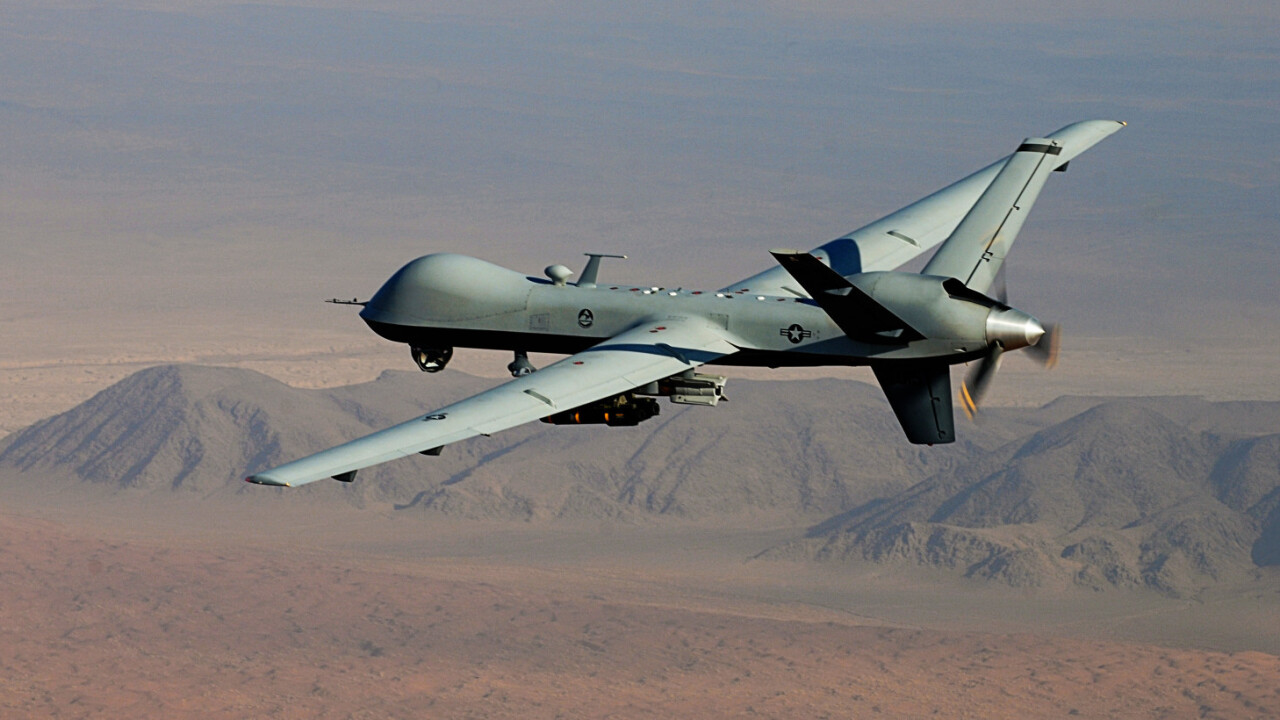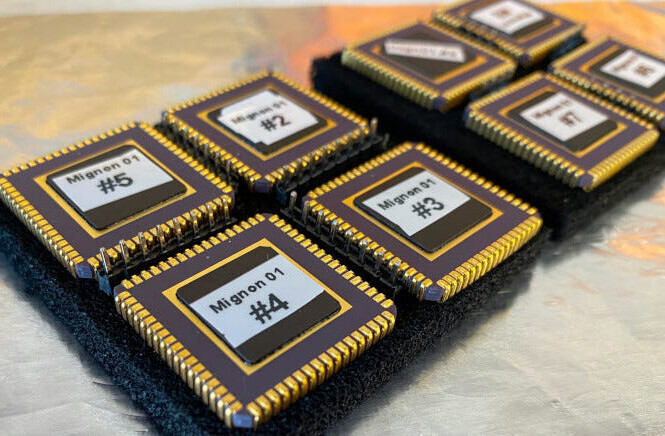Researchers from Caltech have developed the world’s tiniest optical gyroscope – a component used in flying vehicles for directional stability. The new gyroscope is 500 times smaller than the best ones currently used, and this could make future drones cheaper and more powerful.
A new optical gyroscope—developed by Caltech engineers led by Ali Hajimiri—is 500 times smaller than the current state-of-the-art device. https://t.co/psOHaNA0P4
— Caltech (@Caltech) October 25, 2018
Gyroscopes are usually used in handheld electronic devices, wearables, vehicles and drones to sense the orientation of these gadgets in three-dimensional space. Commonly, gyroscopes have two identical masses oscillating and moving in opposite directions. Sensors detect changes in the forces acting on these masses to calculate the orientation of the entire gadget from its normal position. But the mechanical components of these gyroscopes cause them to have lesser sensitivity when the devices move quickly, and this is where optical gyroscopes come in handy.
Since they have no moving parts, optical gyroscopes are both sensitive and accurate. For this reason, they are expensive and commonly used in the most precise navigation platforms like aircraft, submarines, intercontinental ballistic missiles, and many aerial and aquatic drones.
The best optical gyroscopes currently in use are about the size of a golf ball, but thanks to the Caltech team’s invention, they can take up space smaller than a grain of rice. This drastic scaling down is also expected to be followed by a cost cut down of optical gyroscopes. As Pauline Pounds, senior lecturer and researcher of unmanned aerial vehicles from University of Queensland told TNW:
I would expect that such a reduction in size will be attended by a substantial scaling down in overall price. As a consequence, anything that can radically reduce the cost and increase the availability of such sensors will have a marked effect on a range of fields.
Pounds added that miniature drones almost often used low accuracy sensors, and as a result had poorer sensing of inertial motion. But now, she believes that the scaling down of optical gyroscopes can significantly encourage uptake of these in such miniature drones.
Earlier we reported that Netherlands’ Delft University of Technology was working to cut down the size of its fruit fly inspired drones that were 50 times larger than the insects themselves. With the drastic downsizing of optical gyroscopes, such insect inspired drones can fly with better accuracy and precision at much smaller sizes than was possible earlier. While it is difficult to predict what novel innovations could come from these sensors, there could well be a myriad of potentially new miniature smart weapons with precision guidance, and much smaller insect like drones.
The most exciting possibility, according to Pounds, is that these technological advancements could extend from gyroscopic position sensing to acceleration sensing. She added that this could enable much accurate chip-based dead reckoning – which is the ability to detect the position of an object based just on the distance traveled, instead of the commonly used astronomical positioning methods like GPS.
The size reduction of optical gyroscopes could also encourage them to be taken up for mobile phone motion sensing, and camera anti-shake applications in the future. It would be interesting to see which would be the first phones to apply this technology.
Get the TNW newsletter
Get the most important tech news in your inbox each week.





